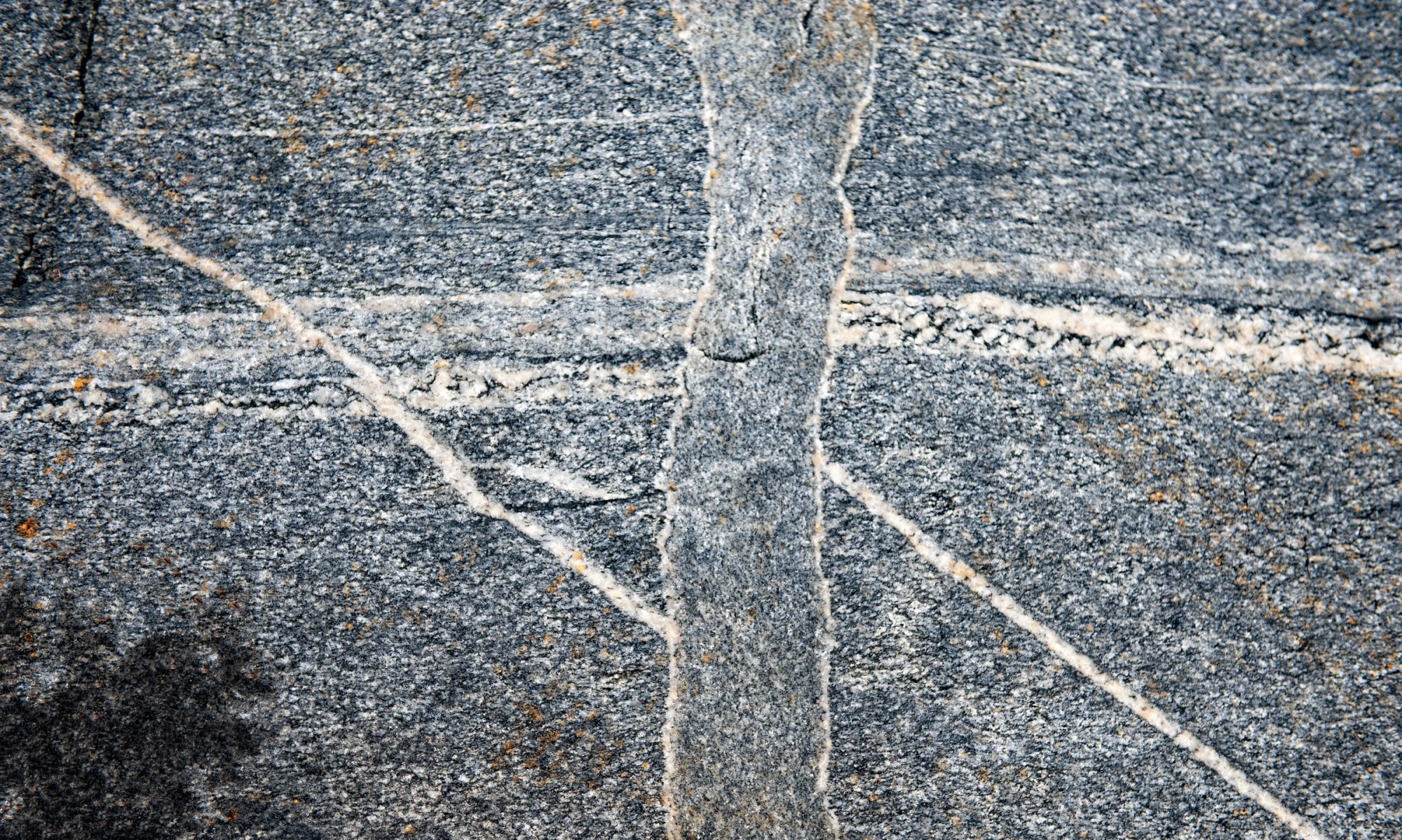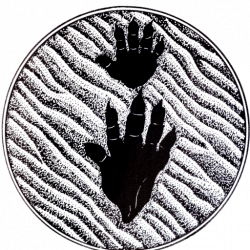2025-2026
All talks for 2025-26 will take place at the Central Teaching Hub of the University of Liverpool, Lecture Theatre C, but please check the LGS Newsletter to make sure there has not been a change of room for a particular meeting. Entrance will be via the main door.
Talks will start at 7.30pm and finish by 9.00pm.
Please be aware that for security reasons, the building manager may lock the main door to stop access from outside at some time after 7.30pm. If you arrive late or are unable to gain access, you may need to contact someone inside the lecture to let you in.
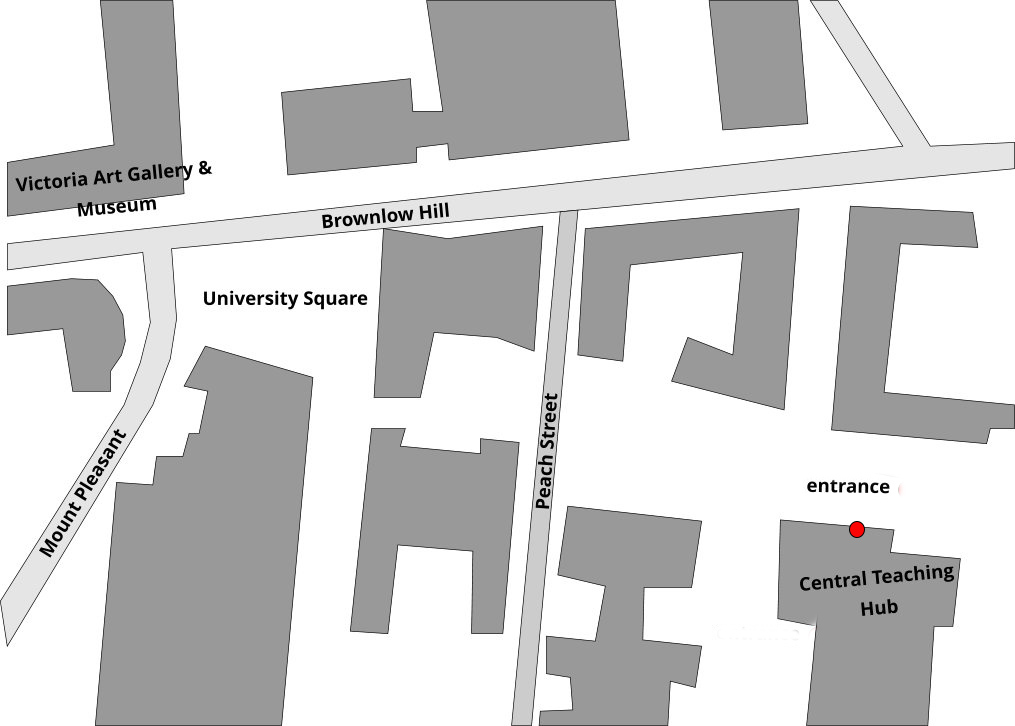
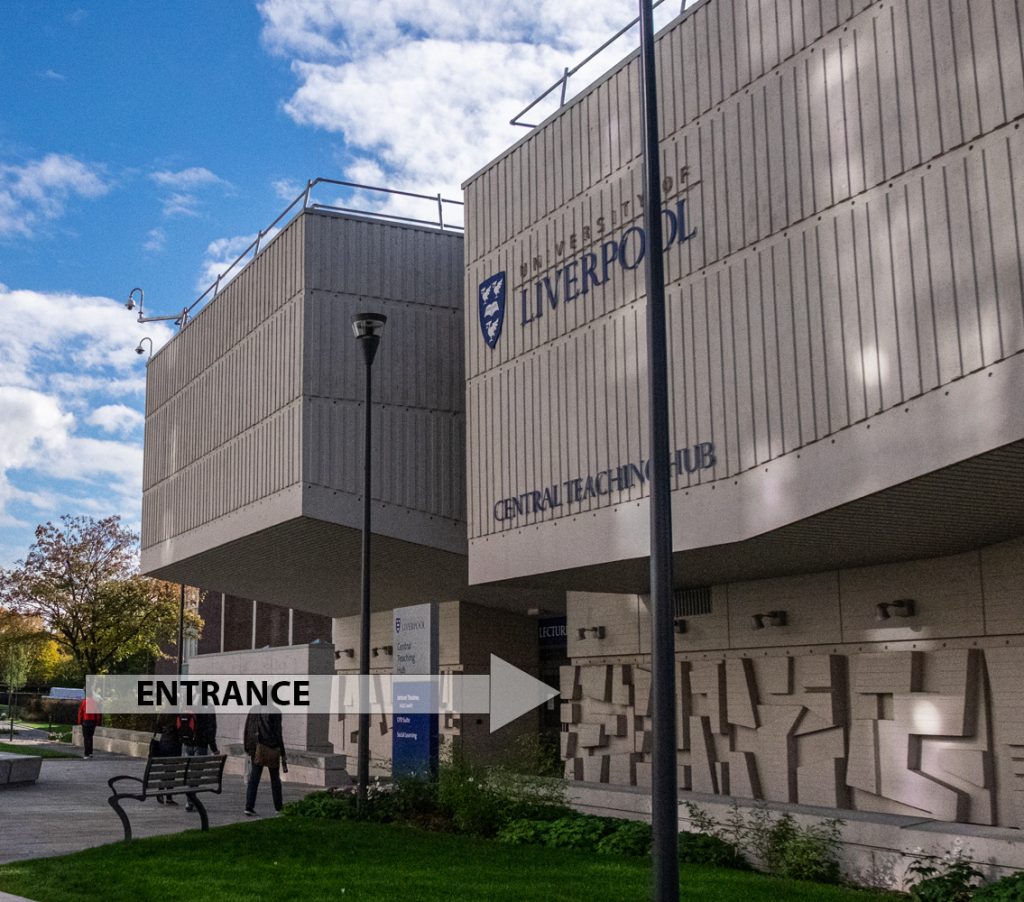
2025
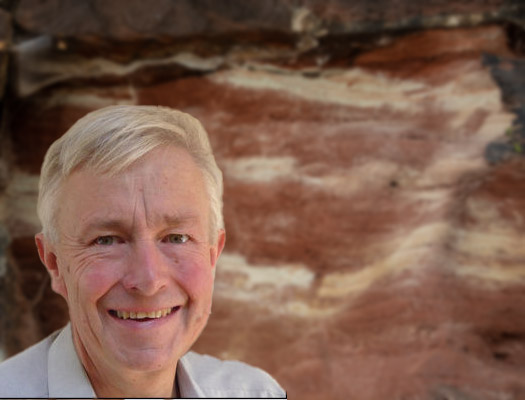
25th Nov
Professor Jim Marshall & Dr Lis Rushworth
University of Liverpool
Practical session: Digital Landscape Mapping using LIDAR surveys
Feature mapping has always been an important aid in the construction of Geological Maps. Participants will have the opportunity to develop a better understanding of modern, digital, terrain maps and have a chance to explore the use of online resources that can be used at home or on their phones. We will go on a virtual field trip to explore an area in the Pennines which is very familiar to LGS members!
This practical session will be in the CTL ENVS Lab and start at 7.00 p.m. Numbers will be restricted so booking is essential. Contact Jim Marshall if you wish to reserve a place: email: isotopes@liverpool.ac.uk

9th Dec
This event (our last indoor meeting for 2025) will be held in the atrium area on the first floor of the Central Teaching Laboratories.
The quiz will start at 7.30pm.
Your question setter will be Mike Stoddart.
Refreshments organised by LGS Council Members.
2026
6th Jan
Members’ evening
Anyone with some short presentation lasting 10 – 15 minutes, that they would like to share, please contact Chris Hunt email: chris1972scfc@outlook.com

Asriel Wilde
University of Liverpool
Albedo trends for Iceland’s glaciers.

Roy McGurn
The aim of the talk is to take a more holistic approach into how we are disturbing the carbon cycle and a pragmatic view of how population, wealth and technology will eventually recalibrate our relationship with it.
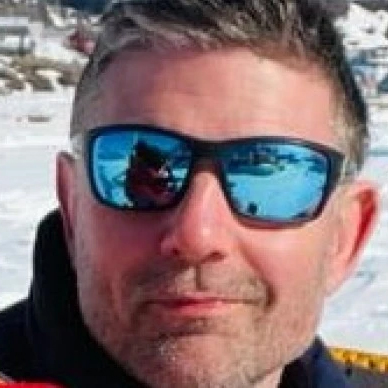
26th Jan
Dr. Iestyn Barr
Manchester Metropolitan University
Volcanic hazard response
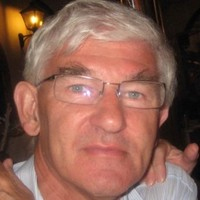
3rd Feb
Dr. Neil Meadows
Redrock Associates
Triassic
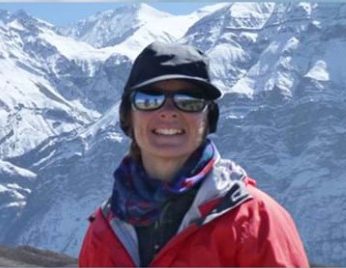
Yani Najman has worked in the Himalaya and Tibet for more than 30 years, in location stretching from Pakistan to the west and Myanmar to the east.
10th Feb
Professor Yani Najman
University of Lancaster
This talk will focus on how the Himalaya formed, and the impact of its formation on resources and hazards.
The talk will provide an overview of the evolution of the mountain belt, and illustrate aspects of the mountain belt’s formation with snapshots of Yanl’s research.

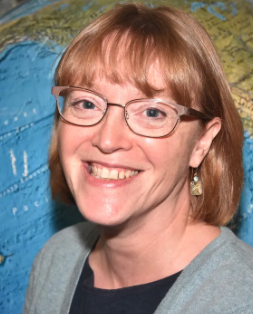
17th Feb
The Hazel Clark memorial practical.
Dr. Maggie Williams & Dr. Lis Rushworth
University of Liverpool
Volcanic ash
This practical is the first LGS event to be held in memory of Hazel Clark. The volcanic ash samples used in this practical are samples that were collected by Hazel.
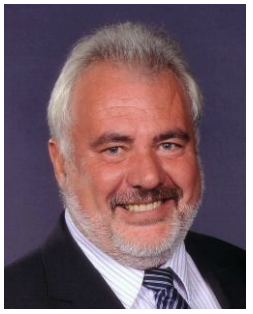
24th Feb
Dr. Alan Thompson
Cuesta Consulting
Geoconservation

3rd Mar
Dr. Katy Chamberlain
University of Liverpool
Something Igneous?
